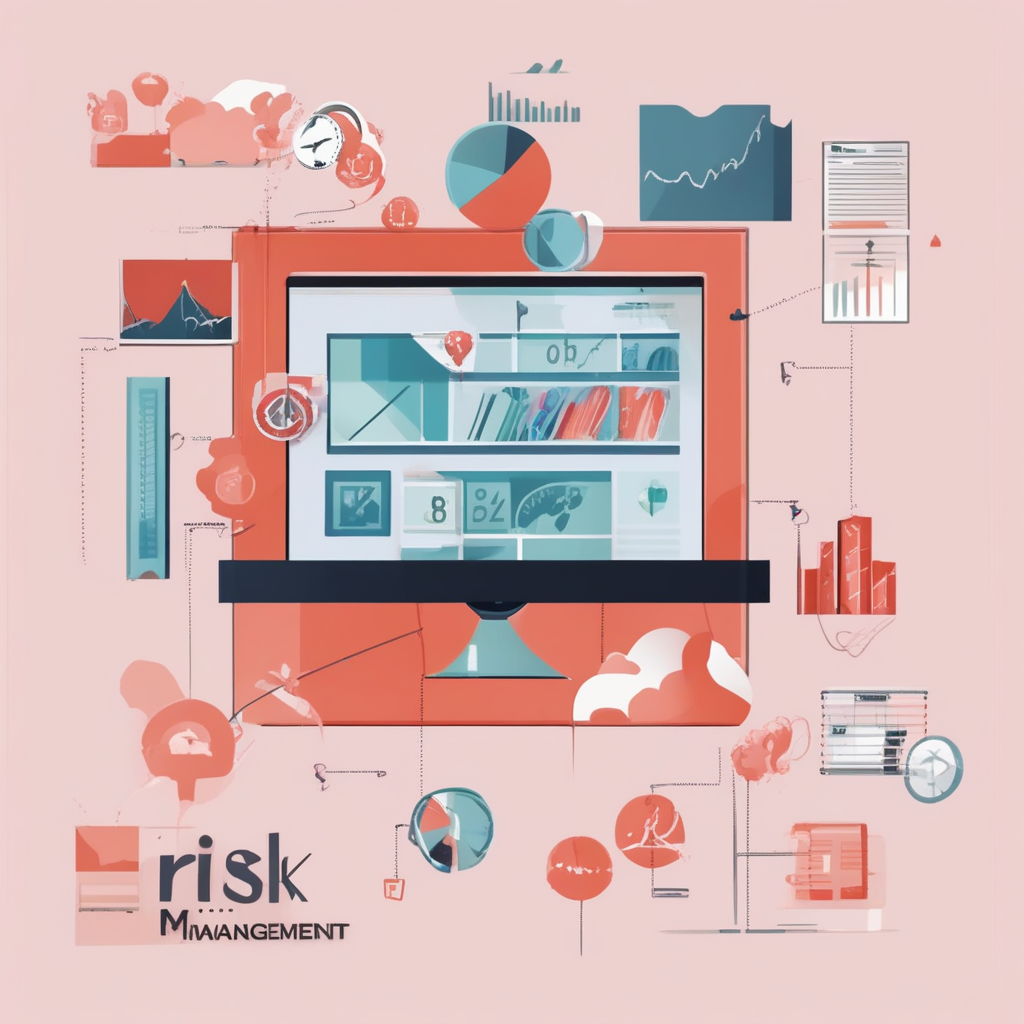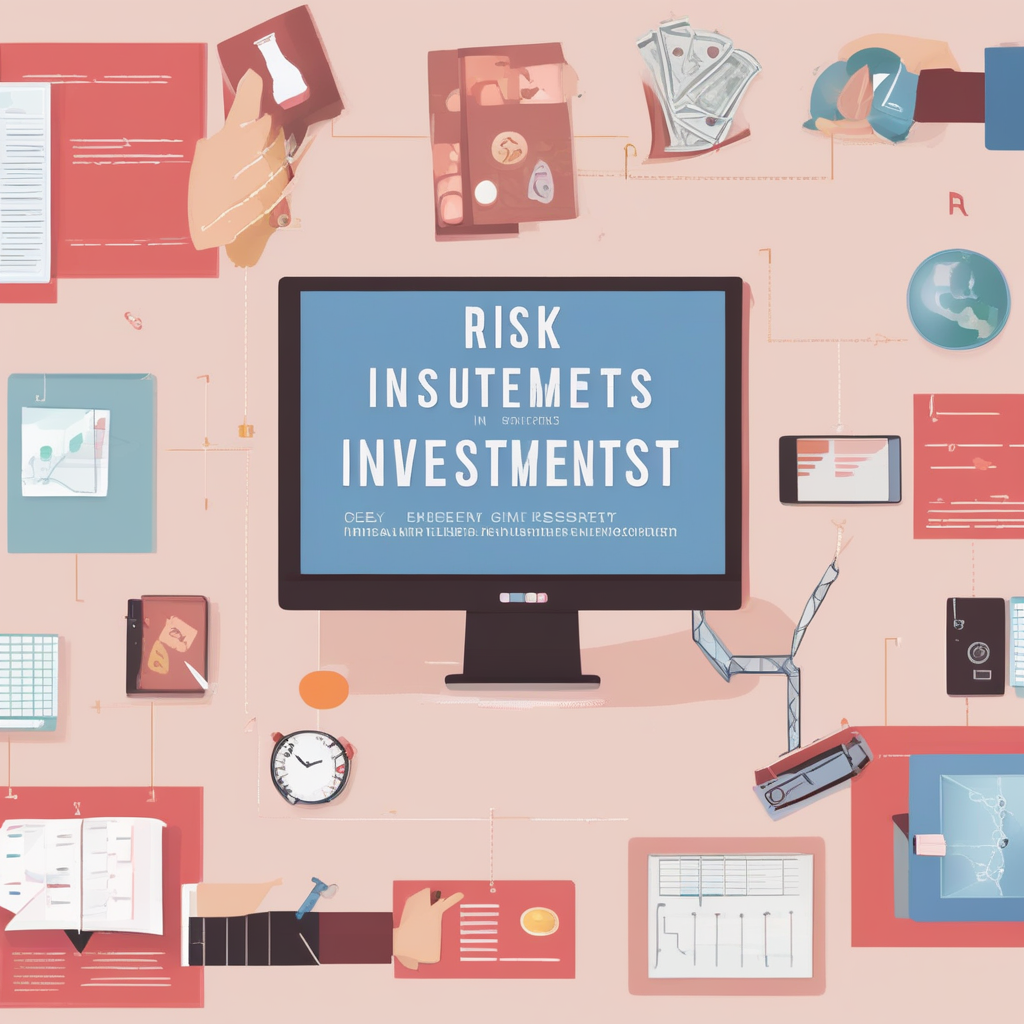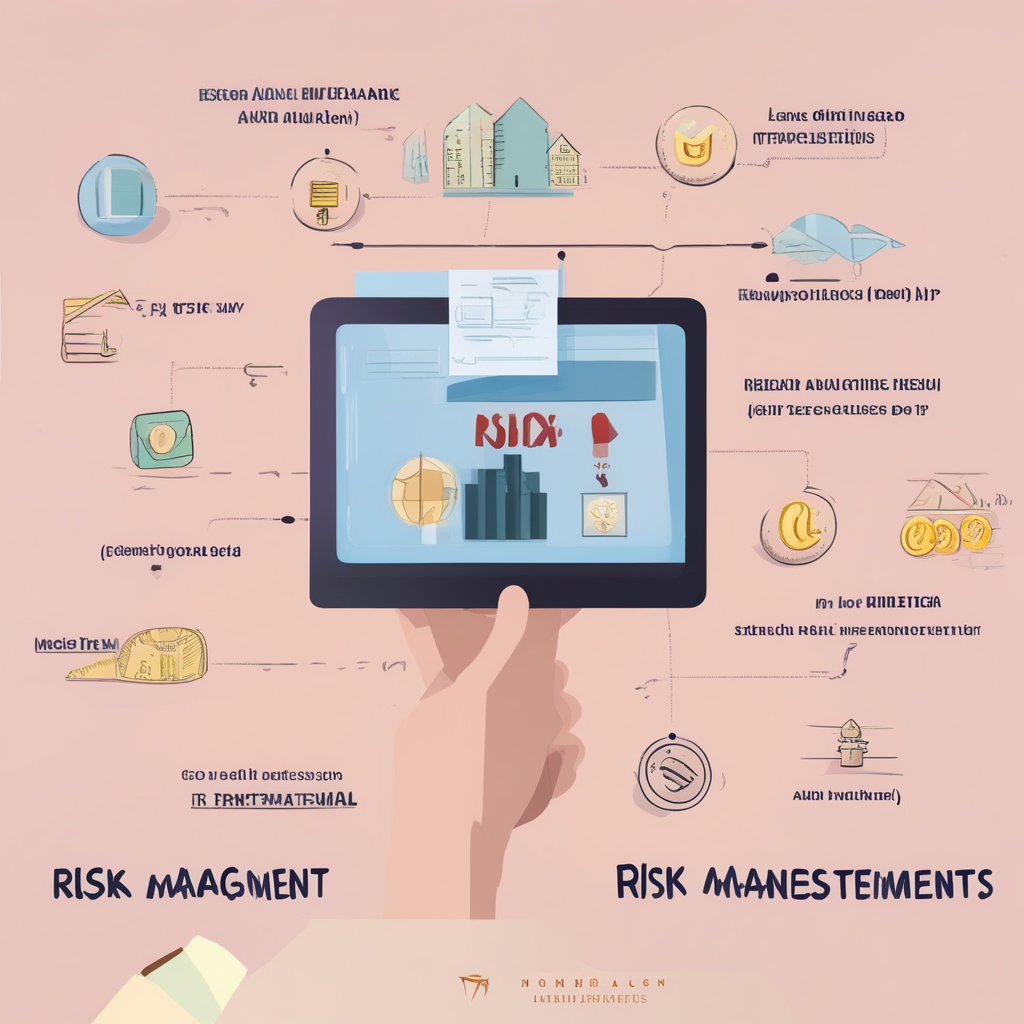Introduction
Investing can be like planting a tree. You put your money (like a seed) into the ground and hope it grows big and strong. But just like a tree needs sunlight, water, and protection from storms, your investments need care too. That’s where risk management comes in. Risk management in investments is all about protecting your money from the “storms” that could cause it to lose value. Imagine your savings are on a roller coaster, going up and down. Risk management helps keep the ride smoother and less scary.
In this guide, we’ll explore what risk management is, why it’s super important, and how you can be smart about it when investing. You’ll learn about the different types of risks, the best ways to handle them, and why it’s a crucial part of any successful investment strategy.
What is Risk Management in Investments?

Risk management is like wearing a helmet when you ride a bike. It keeps you safe in case you fall. In investments, risk management protects your money from things that could go wrong. These “things” can include changes in the stock market, economic downturns, or even bad company decisions. Risk management involves understanding these risks and taking steps to avoid or reduce them.
Key Features of Risk Management (Table Form)
| Feature | Description |
|---|---|
| Identifying Risks | Spotting what could go wrong, like stock prices dropping or companies not performing well. |
| Assessing Risks | Figuring out how big the risk is. Is it a tiny bump or a big mountain to climb? |
| Diversification | Spreading your money across different types of investments (like stocks, bonds, and real estate) to reduce risk. |
| Asset Allocation | Deciding how much money to put in each type of investment. |
| Monitoring Investments | Regularly checking how your investments are doing and making changes if needed. |
| Setting Stop-Loss Limits | Setting rules on when to sell an investment if it starts losing value to prevent bigger losses. |
| Risk Tolerance Assessment | Understanding how much risk you are comfortable with. Some people can handle more ups and downs than others. |
| Using Hedging Strategies | Using tools like options and futures to protect investments from losses. |
Why is Risk Management Important?
Imagine going to the beach without checking the weather. You could get caught in a rainstorm! Risk management helps you avoid getting “rained on” in your investments. Here’s why it’s essential:
- Protects Your Money: Without risk management, your investments could lose value quickly, leaving you with less money than you started.
- Helps You Sleep Better: Knowing that you have plans in place to handle risks makes investing less stressful.
- Improves Returns: By avoiding big losses, your investments have a better chance of growing over time.
Types of Risks in Investments

Understanding the different types of risks helps you know what you’re up against. Here are some common investment risks:
1. Market Risk
This is the risk that comes with changes in the stock market. Prices can go up and down quickly, and these movements can affect your investments.
2. Credit Risk
Credit risk happens when a company or government can’t pay back its loans. If you invest in bonds, this is something to watch out for.
3. Liquidity Risk
Liquidity risk is when you can’t sell your investments quickly without losing money. Imagine owning a rare toy that no one else wants; it’s hard to sell!
4. Inflation Risk
Inflation risk is when the value of money goes down, making everything more expensive. Your money doesn’t buy as much as it used to, which can hurt your investments.
5. Interest Rate Risk
When interest rates go up, the value of bonds usually goes down. This type of risk affects people who invest in bonds and other fixed-income products.
How to Manage Investment Risks

Managing risks doesn’t mean eliminating them; it means handling them smartly. Here are some ways to do it:
1. Diversification
Diversification is like not putting all your eggs in one basket. Spread your investments across different types of assets to lower your overall risk.
2. Asset Allocation
Decide how much money to put in each type of investment based on your goals and how much risk you can handle.
3. Set Clear Goals
Having clear investment goals helps you decide which risks are worth taking. Are you investing for a new bike, college, or retirement?
4. Regular Monitoring
Keep an eye on your investments regularly. If something doesn’t look right, don’t be afraid to make changes.
5. Use Stop-Loss Orders
Stop-loss orders are like having a safety net. If a stock’s price falls to a certain level, it automatically gets sold to limit your loss.
FAQs
1. What is the safest way to invest my money?
The safest way to invest is by diversifying your portfolio. Spread your money across different types of investments like stocks, bonds, and real estate. This way, if one investment doesn’t do well, the others might still keep you on track.
2. Can I eliminate all risks in my investments?
No, it’s impossible to eliminate all risks, but you can manage and reduce them. Using strategies like diversification, setting stop-loss limits, and regularly monitoring your investments can help control the risks.
3. What happens if I don’t manage investment risks?
If you don’t manage risks, you could lose a lot of money. Investments can be unpredictable, and without proper risk management, you could find yourself in financial trouble quickly.
4. How do I know my risk tolerance?
Your risk tolerance depends on how much risk you’re comfortable taking. Some people are okay with ups and downs, while others prefer stable and safe investments. Assessing your financial goals and how you react to market changes can help you determine your risk tolerance.
5. Why is diversification so important in risk management?
Diversification is crucial because it spreads your risk. If one investment fails, others might succeed, balancing out your losses and gains. It’s like having multiple backup plans for your money.
Conclusion
Risk management in investments is like having a protective shield for your money. It doesn’t mean you won’t face any risks, but it gives you the tools to handle them wisely. By understanding the types of risks, setting clear goals, and regularly monitoring your investments, you can keep your financial journey safe and smooth.
Remember, every smart investor uses risk management strategies, and so should you! Whether you’re saving for a dream, college, or a big future plan, managing your investment risks helps you get there without too many bumps along the way. So, gear up, manage those risks, and make your money work for you!
